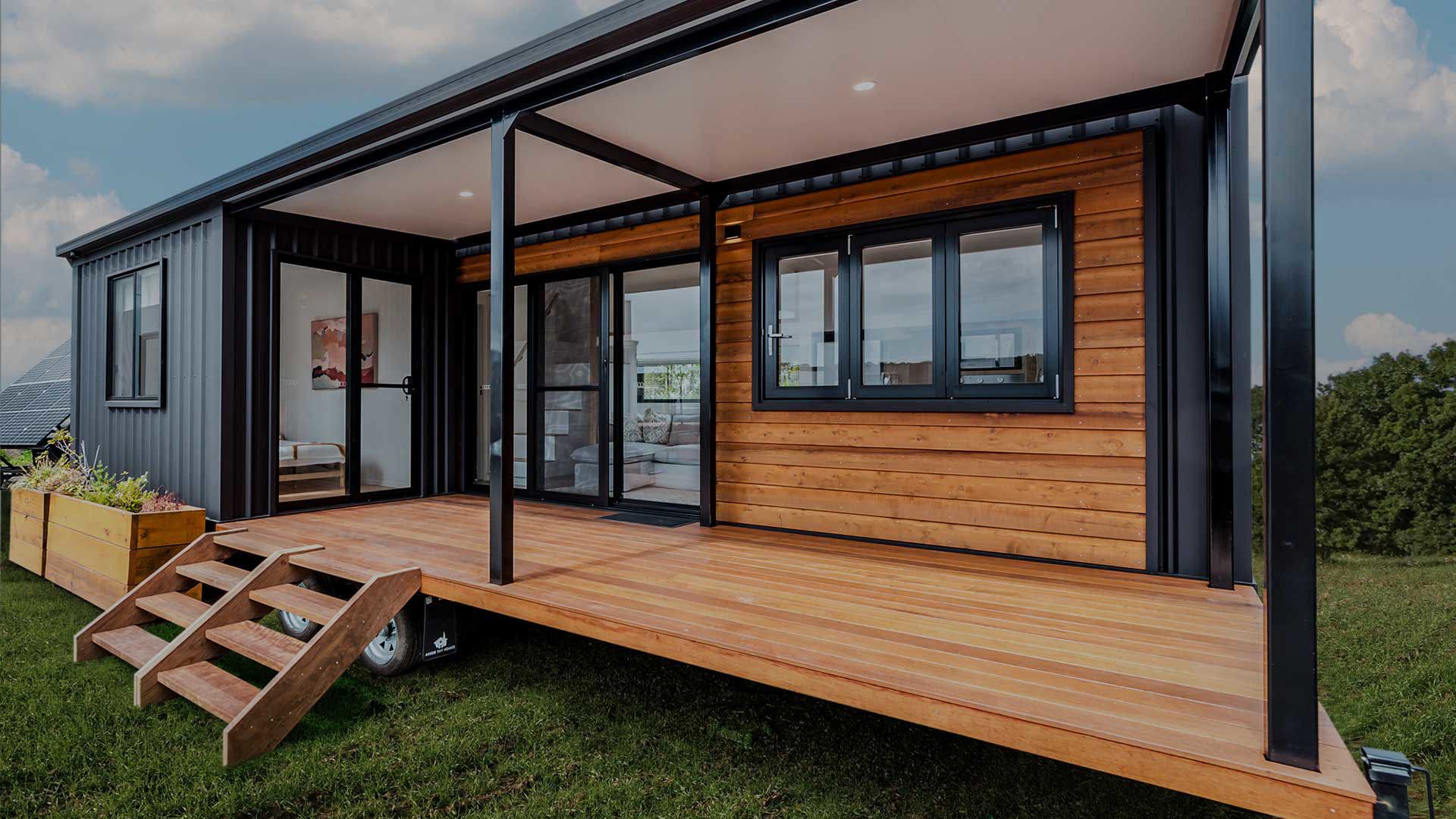Not a Magic Bullet
While appealing, the tiny house isn’t a magic bullet that will solve our housing crisis overnight, but they do present a sensible option that can alleviate some of the pressures on our housing market.
Potential for Fraud and Scams

Like anything new, the Tiny House industry presents potential for people to take advantage of others.
One Melbourne based company, MyTinyKitHome owned by Spender Porter has taken full payment in advance for over 40 Tiny Homes that were never produced or delivered.
Spencer Porter is currently under investigation by Consumer Affairs.
The Tiny House as an Affordable Solution
The affordability of tiny homes is perhaps their most appealing feature. They require far fewer materials to build, which means lower construction costs. Their compact size means they consume less energy for heating and cooling, resulting in reduced costs and environmental benefits. For those struggling in todays housing market, the prospect of owning a home without being tied to a lifelong mortgage would be very appealing.
The construction of these houses can provide opportunities for job creation and skill development within local communities. By engaging in small-scale, sustainable construction projects, individuals and communities can gain valuable experience in carpentry, plumbing, electrical work, and other trades. This hands-on approach to housing development not only builds practical skills but also fosters a sense of pride and ownership, strengthening community bonds and resilience.
The Tiny House is not a Complete Solution
Despite the potential benefits, it’s important to acknowledge that tiny houses are not a panacea for the affordable housing crisis. Regulatory barriers, zoning restrictions, and land use regulations can pose significant challenges to the widespread adoption of tiny houses.
Additionally, the limited space and lack of privacy inherent in tiny house living may not be suitable for everyone, particularly larger families or individuals with specific accessibility needs.
While tiny houses are not a complete solution to the housing crisis, they offer an alternative for people seeking affordable, sustainable housing. By maximising space efficiency, minimising costs, and promoting community resilience, tiny houses have the potential to address challenges and create a more inclusive and equitable society.
As policymakers, urban planners, and community leaders explore different solutions to the housing crisis, the role of smaller houses warrants careful consideration as part of a comprehensive strategy.
